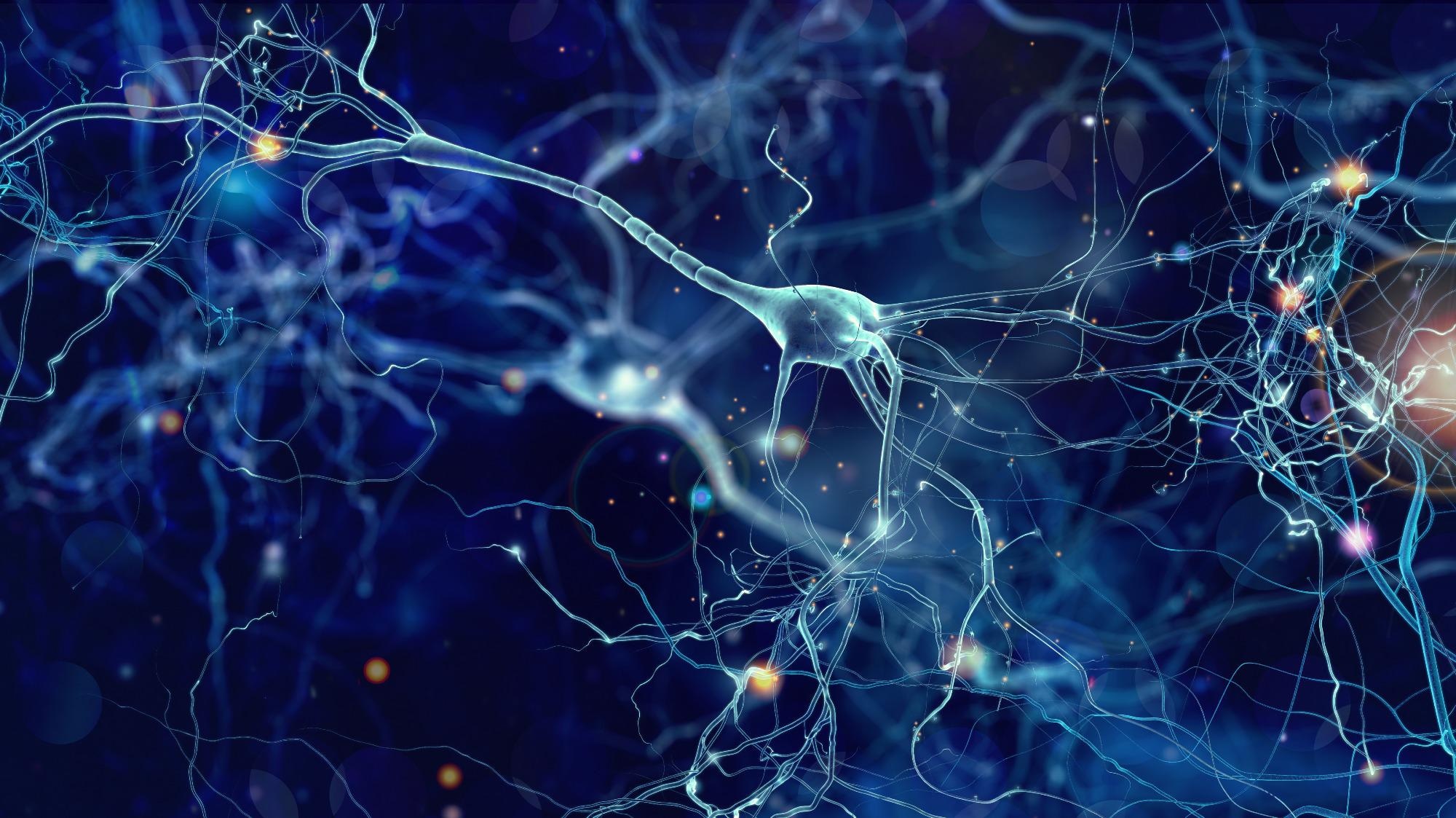Apr 8 2021
The way humans move reveals many things about the condition of their brains. Although normal motor behavior indicates a healthy function of the brain, deviations can point to impairments caused by neurological diseases.

Image Credit: whitehoune/shutterstock.com
The observation and assessment of movement patterns are part of a fundamental study and are, similarly, one of the most significant instruments for non-invasive diagnostics in clinical use.
In this context, a new computer-based method has been designed at Heidelberg University under the guidance of Dr Björn Ommer, a Professor and computer scientist, and in association with scientists from Switzerland.
As demonstrated by various studies performed with human test subjects, the new approach allows researchers to fully and automatically recognize motor impairments and, through their analysis, offers data about the type of the inherent diseases using artificial intelligence (AI).
In the case of the computer-supported movement analysis, subjects typically need to be tagged with reflective markings; alternatively, virtual markers need to be used on the video material produced in the framework of the evaluation.
Both processes are relatively complex. Besides this, visible movement behavior should be known beforehand so that it can be additionally investigated.
“A real diagnostic tool should not only confirm motor disorders but be able to recognise them in the first place and classify them correctly,” stated Professor Ommer, who heads the Computer Vision group at the Interdisciplinary Center for Scientific Computing at Heidelberg University.
That is precisely made possible by the new diagnostic technique designed by Professor Ommer’s research team and referred to as 'unsupervised behavior analysis and magnification using deep learning' (uBAM).
Based on machine learning using artificial neural networks, the fundamental algorithm independently and automatically identifies the characteristic behavioral and pathological deviations, as explained by the Heidelberg University researcher.
The new algorithm finds out which part of the body is affected and then works as a kind of magnifying glass for behavioral patterns by directly emphasizing different kinds of deviation in the video and rendering them perceptible.
As a part of this analysis, the applicable video material is evaluated against other healthy or similar impaired subjects. Advances in treating motor disorders can also be recorded and investigated in this manner. Conclusions can also be reached about the neuronal activity in the brain, believes Professor Ommer.
A so-called convolutional neural network is the basis for the uBAM interface. It is a type of neural network that is specifically used for image processing and image recognition purposes.
This network was trained to detect analogous movement behavior in different subjects, despite significant differences in their outward appearance. But this is now feasible because the AI can differentiate between appearance and posture.
Apart from the recognition and measurement of impairments, a comprehensive analysis of the symptoms is equally significant.
To study them in detail, we use a generative neural network. That way we can help neuroscientists and clinicians focus on subtle deviations in motor behaviour that are likely to be overlooked with the naked eye, and make them easily visible by magnifying the deviation. Then we can exactly demarcate the type of disease in the individual case.
Dr Björn Ommer, Professor and Computer Scientist, Heidelberg University
The researchers have already demonstrated the effectiveness of the novel technique through studies with human patients and by using different animal models. The team tested, among other things, the accuracy with which the uBAM interface can distinguish between impaired and healthy motor activity.
In their publication on this subject, the researchers have reported an extremely high retrieval rate both in human patients and mice.
In all, our study shows that, as compared to conventional methods, the approach based on artificial intelligence delivers more detailed results with significantly less effort.
Dr Björn Ommer, Professor and Computer Scientist, Heidelberg University
With regard to the application, the team believes that the uBAM approach would be applied to fundamental biomedical studies and in clinical diagnostics, and more.
The interface can be applied where traditional methods prove too complicated, tedious, or not efficient enough. Potentially it could lead to a better understanding of neuronal processes in the brain and the development of new therapeutic options.
Dr Björn Ommer, Professor and Computer Scientist, Heidelberg University
Apart from the Heidelberg University team working with Professor Ommer, investigators from the University of Zurich, the University Hospital Zurich, Balgrist University Hospital, and the Neuroscience Center Zurich were also involved in designing the new uBAM interface.
The study was partly funded by the German Research Foundation and also by the Branco Weiss Fellowship Society in Science and the Swiss National Foundation. The study results were published in the Nature Machine Intelligence journal.
Journal Reference:
Brattoli, B., et al. (2021) Unsupervised behaviour analysis and magnification (uBAM) using deep learning. Nature Machine Intelligence. doi.org/10.1038/s42256-021-00326-x.